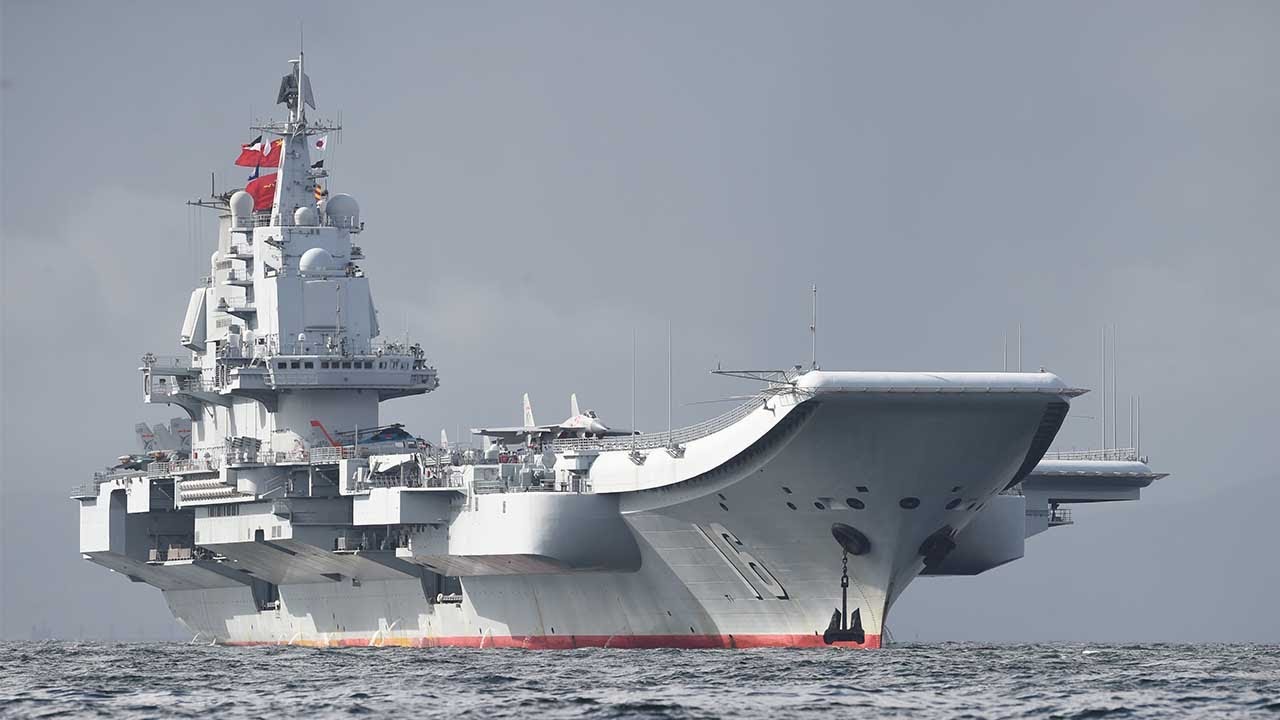According to reports, negotiations between Ukraine and Poland regarding the transfer of the NSM have reached an advanced stage. The transfer of the NSM could be facilitated through European Union funds, thereby enabling Poland to replenish its NSM units.
The Polish Army currently possesses two fully equipped Coastal Missile Squadrons, each comprising two batteries. Each battery includes three launchers capable of accommodating up to four missiles and command and fire control vehicles for operational support.
Furthermore, the system includes battery and squadron command vehicles, mobile communication centers, target detection and tracking radars, and logistics vehicles.

Poland has the distinction of being the first operator of the coastal defense variant of the NSM system. After Poland, the US Marine Corps, Romania, and Latvia recognized the NSM’s strategic value and decided to acquire the same coastal defense variant.
The US Navy and Norway also employ the NSM missiles in their ship-launched variants.
Poland’s acquisition of the NSM (Naval Strike Missile) system began in 2008 when the first system was purchased, with delivery in 2012. This initial acquisition laid the foundation for enhancing Poland’s coastal defense capabilities.
Subsequently, in 2014, Poland placed an order for the second NSM system, investing approximately US$173.5 million. The delivery of the second system was completed in 2017.
Both acquisition contracts included offset and technology transfer agreements, which have proven instrumental in growing the Polish defense industry.
Through these agreements, the Polish industry, including companies such as Wojskowe Zakłady Elektroniczne in Zielonka, gained valuable skills to support and maintain the NSM system and the missiles.

How Could These Missiles Contribute To Ukraine’s Defense Capabilities?
The Naval Strike Missile (NSM), developed by Kongsberg Defense Systems, is a fifth-generation long-range precision strike missile and is the successor to the Penguin anti-ship missile.
In the late 1980s, Norway started the development project to create an advanced anti-ship missile that would surpass the capabilities of the AGM-119 Penguin AShM, which had been developed in the 1960s.
This effort was driven by the country’s aspiration to acquire a more potent anti-ship weapon capable of delivering strikes at significantly extended distances and possessing the versatility to engage ground targets.
The NSM offers a versatile firing capability from various platforms, providing the ability to engage different targets effectively. Operating with passive homing, the missile travels close to the surface of the sea, utilizing advanced terminal maneuvers to evade enemy air defenses.
The missile employs integrated sensors and autonomous targeting recognition systems to enable long-range precision strikes against naval vessels and land-based targets.

Besides this, the NSM boasts an impressive airframe design and a high thrust-to-weight ratio, as described by the Kongsberg company. These key attributes combine to grant the missile exceptional maneuverability.
With a range exceeding 124 miles, the NSM system would equip Ukraine with a formidable capability to engage naval and land targets with exceptional precision and firepower.
The NSM possesses several noteworthy features that enhance its effectiveness on the battlefield.
One of these features is its low-observable characteristics, which contribute to its stealthy nature and make it more challenging for adversaries to detect in advance.
By minimizing its radar cross-section and employing advanced technologies, the NSM reduces the chances of early detection, providing a tactical advantage to Ukraine in launching surprise attacks.

During the terminal stage of flight, the NSM exhibits unpredictable movements, further augmenting its evasiveness and countering enemy air defense systems.
Moreover, the NSM utilizes an imaging infrared (IIR) system for terminal homing, ensuring precise targeting while avoiding radio-frequency warning and resistance to RF jamming tactics.
This capability adds an additional layer of resilience against countermeasures, making the NSM a highly reliable and effective weapon system. The prospective deployment of the onshore missile system equipped with NSM missiles offers Ukraine a robust defense against Russia’s surface fleet.





